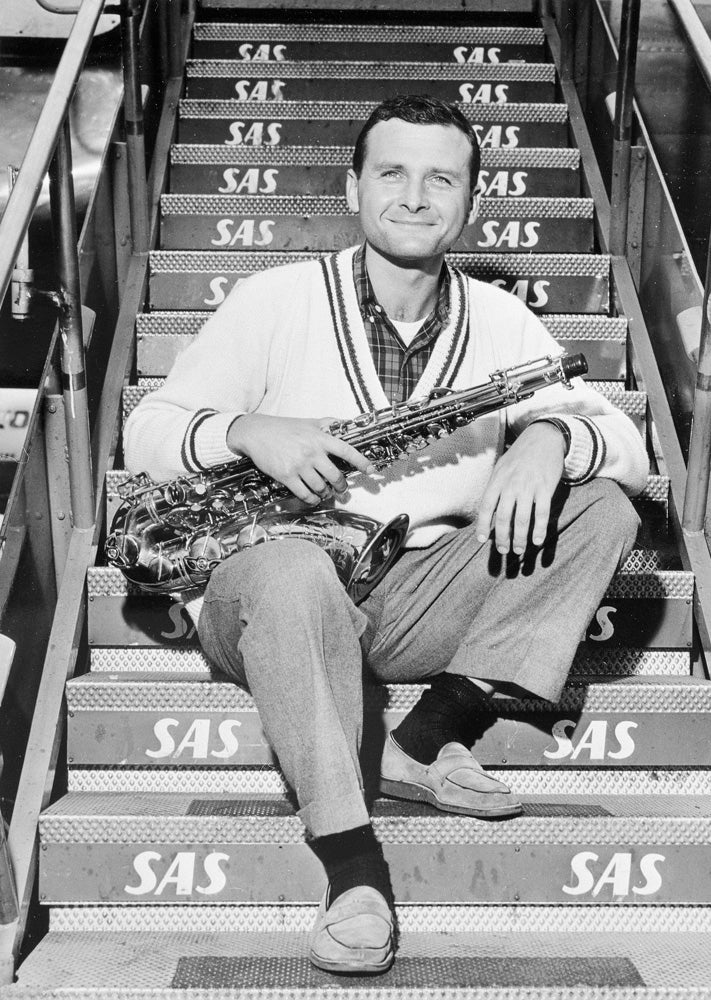Stan Getz

Stan Getz was born in 1927 in Philadelphia and grew up in New York. After trying his hand at bassoon and double bass, he discovered the tenor saxophone as a teenager and quickly joined the New York High School Orchestra. He began his career at the age of sixteen, joining Jack Teagarden's orchestra, a stepping stone which then allowed him to collaborate with Nat King Cole, Lionel Hampton, Stan Kenton and Benny Goodman. He then joined the Four Brothers, the saxophone section of the orchestra conducted by Woody Herman. Stan Getz and his partners are characterized by their "cool" style inspired by Lester Young, offering a smooth and delicate sound.
In 1954, Henri Selmer Paris brought out the highly prized Mark VI and offered it to Stan Getz, already considered one of the main representatives of cool jazz. Getz, already considered one of the leading exponents of cool jazz, became increasingly famous and began to form his own musical groups, collaborating with Dizzie Gillespie and Chet Baker among others.
In the 1960s, he developed a passion for Bossa Nova and recorded the album Jazz Samba with guitarist Charlie Byrd. This album aroused a real craze and contributed to the development of this new musical genre in the United States. In 1964, he released Getz/Gilberto with guitarist and singer João Gilberto, father of Bossa Nova. International success, their record won the Grammy Award for Best Album in 1965.
Stan Getz did not lock himself up in this style and experimented with new genres (jazz-rock fusion, hardbop). He also recorded the album Sweet Rain with Chick Corea, and conducted several ensembles, mainly quartets.
He died of cancer in 1991, still at the height of his fame. Both a great technician and a poet, he distinguished himself by his suave and nonchalant playing, ample and muffled, but also by his ability to juggle styles and to innovate. He is also considered one of the fathers of Bossa Nova.
Photo credit: SAS Scandinavian Airlines, Public domain, via Wikimedia Commons